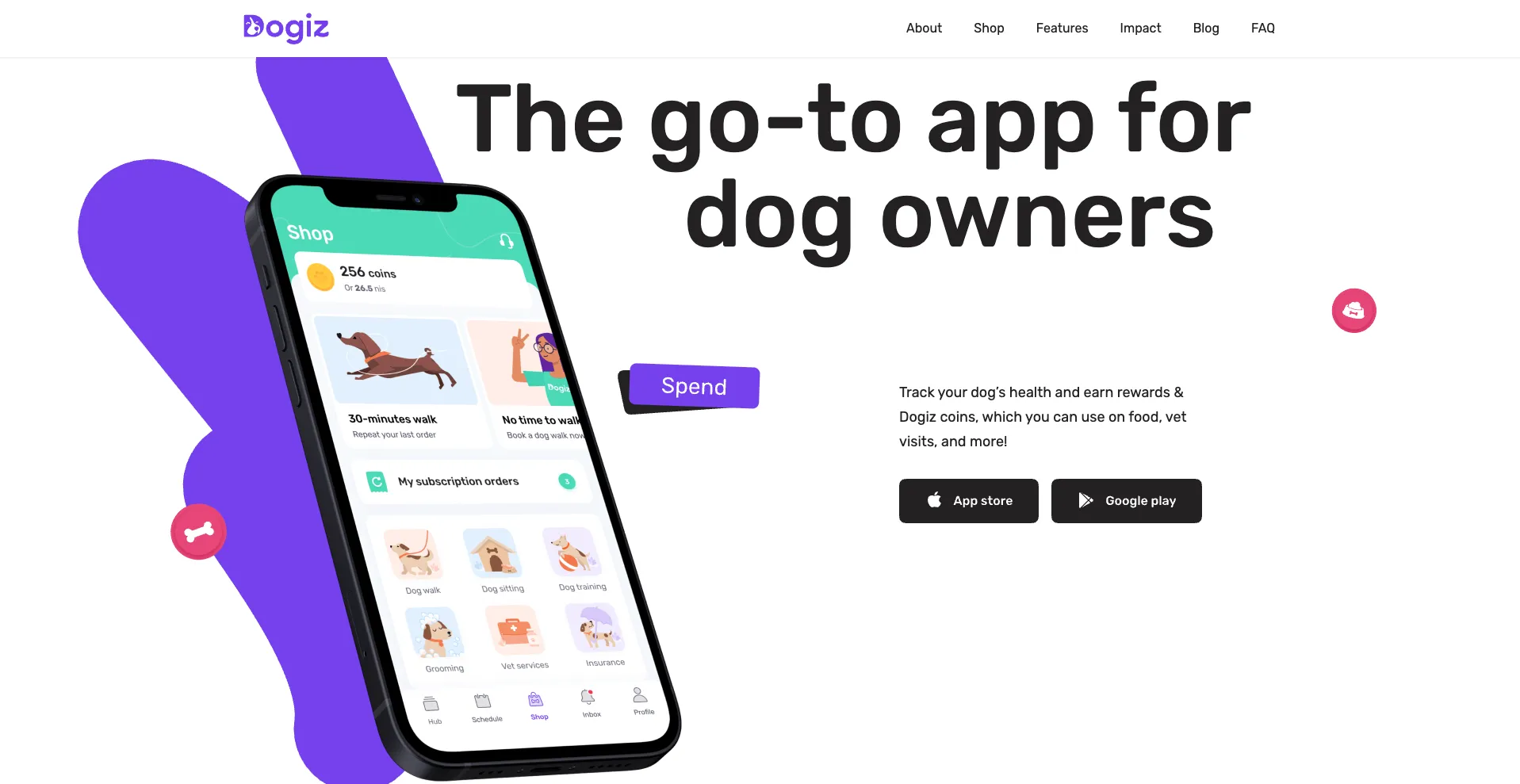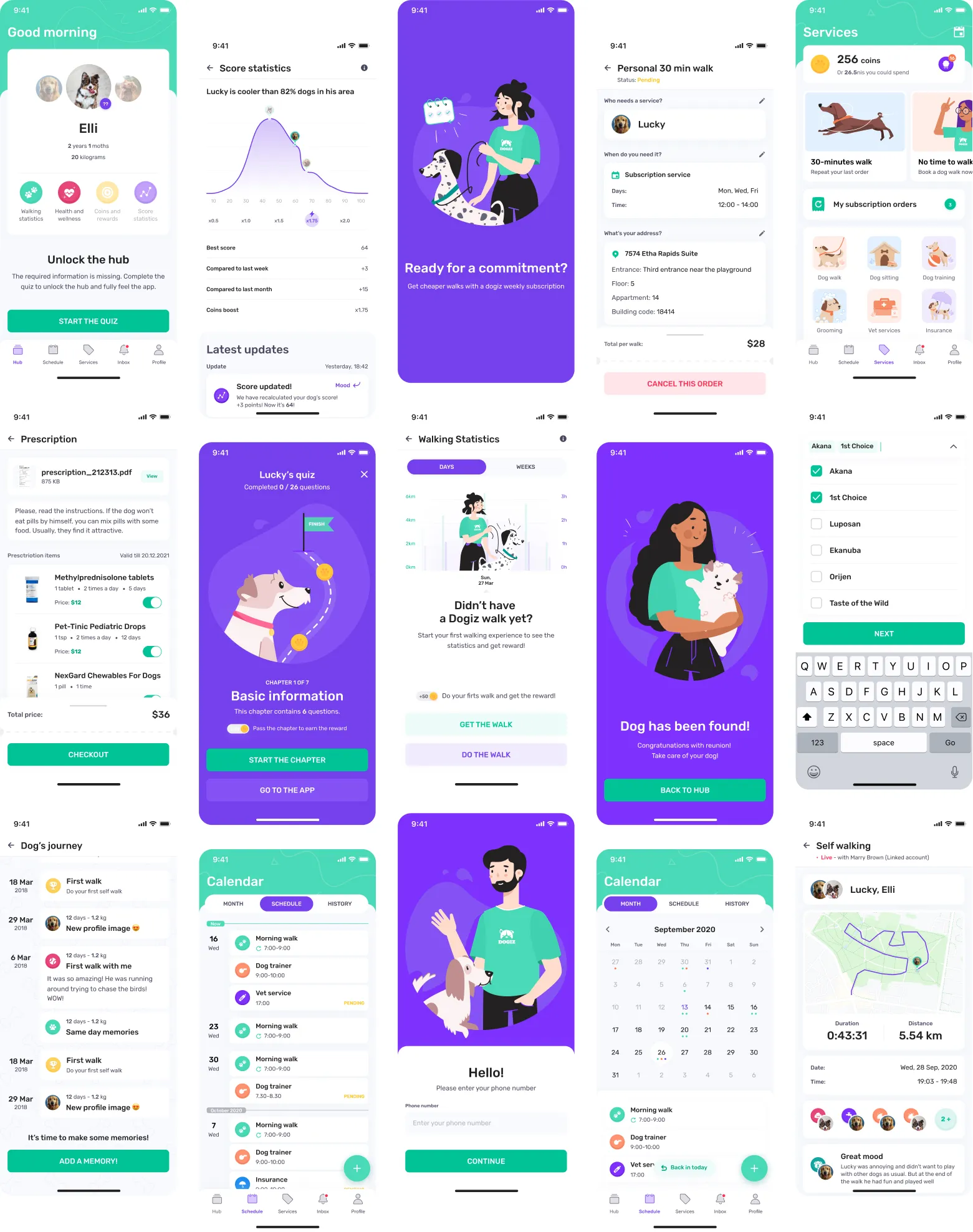Competition for customer attention is constantly increasing, and the user experience (UX) of your website becomes a decisive factor for success. It’s not just about aesthetics, but about how easy, pleasant, and effective the user interaction with your online resource is.
From page load speed to intuitive navigation — every element influences whether a visitor stays on your site or turns into a loyal customer.
In this article, we will take a detailed look at what UX optimization is, why it is key for business, what practical steps can be taken to improve it, and how to find a reliable agency that can truly help bring your UI/UX Design ideas to life..
What is User Experience Optimization?
A comprehensive approach to improving how a user interacts with a product is called UX optimization. Its goal is to provide a seamless experience — to make the use of the product as simple, effective, and pleasant as possible.
The key aspects of UX optimization include several important elements:
Usability. How easily can users find what they are looking for and perform the desired actions? Are the buttons clear, is the navigation logical?
Page load speed. Research demonstrates that every additional second in site loading time can result in losing visitors.
Mobile responsiveness. A website must display and function flawlessly on all mobile devices — from small smartphones to large tablets.
Accessibility. How well the site adapts to the needs of people with disabilities.
Design elements play a decisive role in aesthetics — and therefore in what emotions the site evokes in the visitor. Together, they ensure a holistic customer experience.
Stages of the UX optimization process:
Receiving high-quality UX audit services that help identify weak points.
Collecting user feedback through testing (e.g., A/B tests, usability tests).
Analyzing user behavior.
Developing a proposal for improvements, which are then implemented as part of a redesign or optimization of existing elements.
This approach leads to constant improvement in user experience.
Why is Website User Experience Crucial for Businesses?
Website UX is not just a desirable addition, but a critically important success factor for any business. Because every click really is part of the user journey. Poor user experience directly leads to negative consequences:
high bounce rates (when users quickly leave the site);
low conversion rates (when visitors do not perform desired actions, such as purchasing or registering);
formation of a negative brand image.
Attention to the user experience by companies pays off with increased conversions and brings tangible dividends:
the user easily finds the needed information;
the chance of successful completion of an operation grows multiple times.
Moreover, a good website with well-thought-out UX becomes more competitive in the market. In an era when users have many alternatives, the quality of their experience is decisive. A high level of customer satisfaction not only encourages repeat sales but also motivates leaving reviews and recommendations, which is invaluable advertising.
Improved UX has a positive impact on SEO, since search engines like Google prefer sites that provide a better experience to users. For example, page load speed and mobile responsiveness are important ranking factors.
Therefore, user experience optimization is the foundation of growth and the cornerstone of success for your online business.
Enhancing the User Experience: Practical Approaches
To improve the user experience on your website, there are certain steps to take. This helps not only attract but also retain users, turning them into loyal customers:

Mobile optimization. Most people access the internet using their mobile devices. To improve your website, make sure your website is responsive. This can be achieved by using responsive design elements that dynamically change the site layout depending on the device. A non-adaptive service forces users to zoom in and scroll pages, which quickly leads to exit.
Speed optimization. If the site does not open within five seconds of page load, most visitors leave the page. Speed optimization is one of the most important aspects of understanding how to improve user experience on a website. This is achieved by minification, using browser caching, and choosing reliable hosting. A fast site improves user engagement and positively affects search engine ranking.
Intuitive navigation. Users should effortlessly find the information or products they need. Simplifying navigation by using concise menu items, logical subcategory structure, and having a search function is key. Place calls to action where users expect to see them. A well-planned user flow helps users easily move between different parts of your website, increasing convenience and interaction. This not only improves experience but also helps achieve business goals.
Personalization. This can be content adaptation based on previous user views, product recommendations that match their interests, or even personalized emails. Analysis of user behavior data allows creating unique and relevant interactions, increasing user engagement.
Content optimization. Even the best design will not save you if the content is irrelevant or poorly organized. How to improve website UX? This includes writing clear, concise, and valuable texts, using attractive headlines and subheadings, as well as integrating multimedia elements such as images and videos. Easily readable material creates positive impressions. It allows quickly finding answers to questions and obtaining necessary information.
Therefore, investing in improving website UX is a guarantee of success in today’s digital world.
Real-World Successes: User Experience in Our Work
Lampa.dev has significant experience in implementing projects with UX optimization that have brought tangible results to our clients. We believe the best way to demonstrate our capabilities is to show specific examples of our work.

One of our clients, the owner of the Dogiz product, expressed concerns about the effectiveness of the lost pet search system, the level of community activity, service accessibility, app usability, and the overall look of the interface.
To address these issues, we proposed the following:
Encourage users to engage more actively through new interactive features.
Establish collaboration with professionals to provide high-quality expert advice.
Introduce a convenient booking system for services directly within the app.
Implement a centralized tool for monitoring pet health.
Create a reliable and efficient lost dog alert system.
Add a built-in planner for organizing regular pet care.
Launch a rewards program to promote responsible pet ownership.
Scope of work we carried out:
UX audit;
creation of a mood board;
low-fidelity wireframing;
high-fidelity wireframe development;
interactive prototyping;
user interface design;
preparation of technical specifications for developers.
As a result, we achieved an improved UX. Currently, investments in improving user experience are delivering real financial benefits by increasing app conversion rates.

Another project of ours involved a fintech startup launching a new mobile application. The main challenge was to ensure maximum simplicity and security for users conducting financial transactions. Our team took the following steps:
in-depth research of the user journey;
development of a UX design concept based on principles of minimalism and transparency;
implementation of the registration and verification process, each stage of which was as clear and understandable as possible;
introduction of attractive icons and visual cues.
These measures reduced form-filling errors by 30%. The result was high user engagement and excellent app ratings.
These examples demonstrate that our approach to user experience optimization is comprehensive, focused on solving specific business tasks, and achieving measurable results.
Selecting the Ideal Partner for Your UX Enhancement Needs
The main thing is not just to find a contractor but to gain the support of a partner for achieving a common goal.
Here are the key factors to consider when choosing a UI/UX design agency:
Factor | Description |
Experience with similar tasks or focus specifically on your industry | A deep understanding of your business specifics allows them to immerse more quickly in the project and propose appropriate solutions. Ask about cases and successes in similar niches. |
Portfolio and previous client work | This is one of the most important indicators. Carefully study the agency’s portfolio. Ask about the possibility to contact previous clients for feedback. |
Process and approach to UX optimization | Clarify the methodological approach to UX optimization. Does the team conduct UX audits, usability testing, and user behavior analysis? Is there target audience research and persona development? The more transparent the process is, the greater the likelihood of success. For example, at Lampa.dev, our process starts with an in-depth audit to uncover all the “pain points.” |
Communication and collaboration style | Effective communication is the key to a successful project. Maximum transparency at all stages is important. |
Cost and expected timelines | Discuss the budget and project deadlines. It’s essential that pricing is clear and deadlines are achievable. Beware of prices that are too low, as this may indicate insufficient quality of services. It is better to invest a bit more but get a quality result that will pay off in the future. |
The best agency is the one that can offer individual solutions adapted to your unique business needs. There are no universal methods, so the team must be able to adjust their best practices to your specific tasks. We know from experience that a comprehensive approach to improving user experience always delivers the best results.